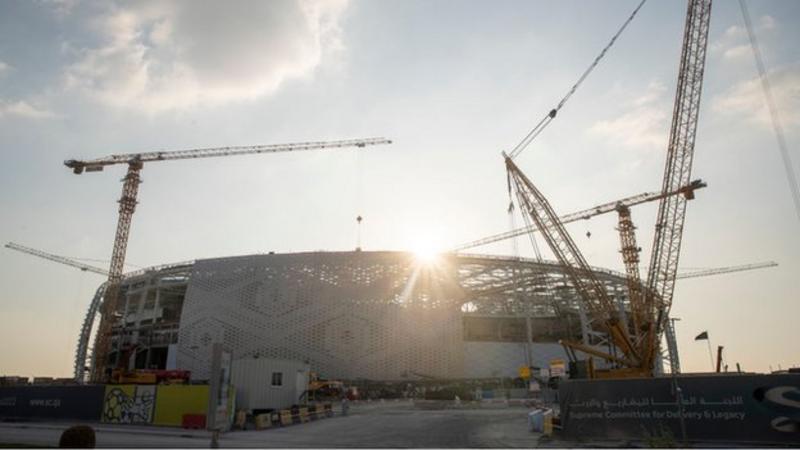It’s been less than a month since the end of the 2022 Qatar World Cup, and it is undoubtedly one of the world’s most-watched events with the host country, Qatar, attracting several fans and visitors across the globe. Such an event is never void of environmental impact. As such, the organisers committed to making the competition its first-ever carbon-neutral event through four processes: awareness, measurement, reduction, and offsetting.
Some of the steps taken to reduce the tournament’s carbon footprint.
- The eight stadiums for the tournament, training sites and accommodations are within close proximity, thereby reducing travel distance.
- All match venues were assessed by the Global Sustainability Assessment System (GSAS) – a performance-based system that assesses and rates the sustainable impact of structures, buildings, and infrastructures. Five venues earned a five-star rating for design and build.
- Seven of the newly constructed eight stadiums are cooled using solar energy.
- Hyundai, one of the tournament’s sponsors, provided a fleet of eco-friendly vehicles.
- One of the eight venues was built using recycled materials and ‘974’ shipping containers. The venue will be dismantled and repurposed at the end of the tournament. It will be interesting to see what would become of the shipping containers.
What’s the tournament’s carbon footprint?
Despite several steps taken to reduce its carbon footprint, FIFA has estimated the total emissions to be about 3,631,034 tonnes of carbon dioxide equivalent (tCO2e), which is about 67% more than the total emissions of the 2018 FWC hosted by Russia. About 2,712,178 tCO2e (75% of the total emissions) is expected to occur during the FWC phase, which is expected to last about twenty-eight days. This is about 54% more than the annual emissions of Rwanda in 2021. Travelling remains the highest emitting category, accounting for 52% of the emissions. While accommodation and permanent venue construction accounted for 20% and 18%, respectively. Temporary facility construction accounted for 4.5%, logistics 1.1%, while electricity and cooling accounted for 1%.

Criticism towards the claim of a carbon-neutral World Cup?
There are certainly concerns.
- Qatar claims it will offset 1,800,000 tCO2e through the Global Carbon Council – a voluntary carbon market-based in Qatar. So far, the projects approved by the organisation are renewable energy projects of about 500,000 tCO2e that would otherwise not meet minimum global standards.
- There are also concerns that the official emission figure might have been grossly underestimated. For instance, the emissions from air travel from attendees (1,763,038 tCO2e) were estimated using a one-way distance. That is, the emissions from the return flight of attendees were not considered.
- Lastly, emissions from the constructed stadiums only include the period they would be used, with the organisers claiming the stadiums will be used for other purposes. It is hard to see how they will be repurposed or reused, considering they would not have been constructed if not for FWC 2022.
Final thoughts
According to Khaled Diab of Carbon Market Watch, it is not possible to have a global sporting event that is carbon neutral, especially one that involves massive infrastructural construction. He further stated that sporting events should aim to minimise their environmental impact without claiming carbon neutrality. Also, sporting events should maximise the use of existing structures while minimising the need for newly constructed infrastructure.
However, FIFA could consider a World Cup without spectators. but what is a football match without spectators? Clearly, a decarbonised aviation sector would greatly reduce the carbon footprint of future FWC.
Authors: Oghenechovwe Okolosi & Amaefule Excel
